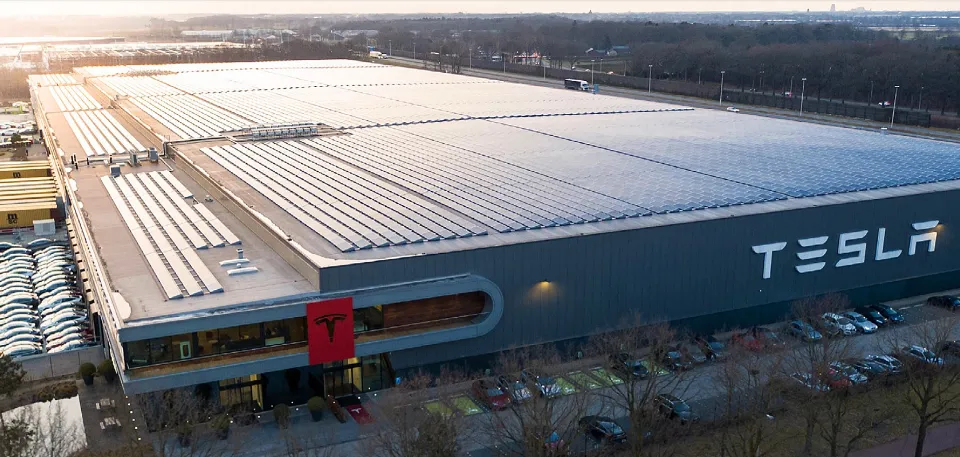You’ve come to the right place if you’ve been wondering how much ethanol is in 87-octane gas. We will also tell you how ethanol affects your car, the cons of using ethanol in your car, and the differences between e10, e15, and e-85.
In other words, out of every 10 gallons of E10 gasoline, 1 gallons is ethanol and the other 9 gallons are regular gasoline. The higher ethanol blends E15 or E85, which contain 15% or 85% ethanol, respectively, might be available at some gas stations.
Keep reading.
How Much Ethanol is in 87 Octane Gas?
So, how much ethanol is in 87 octane gas? The quantity of ethanol in gasoline varies depending on a number of variables, including the location, the time of year, and the particular brand of gasoline, so the answer is not simple.
E10, which stands for 10% ethanol and 90% gasoline, is the name of the most popular 87 octane gasoline blend in the US. Accordingly, 1 gallon of ethanol and 9 gallons of gasoline make up each 10 gallons of E10 fuel. However, some gas stations might sell higher ethanol blends like E15 or E85, which have a respective ethanol content of 15% or 85%.
The Environmental Protection Agency (EPA) in the US controls the inclusion of ethanol in gasoline. The EPA states that gasoline with an ethanol content of up to 10% is safe to use in the majority of vehicles. For the specific type of gasoline that is appropriate for your vehicle, it is crucial to check the manufacturer’s recommendations.
Ethanol is a substance that is used to produce alcoholic drinks like beer and whiskey in addition to being a fuel additive. It is a naturally occurring resource that can be produced from a variety of plants, including sugarcane, corn, and wheat.
In conclusion, 87 octane gas typically contains 10% ethanol, but the precise amount may vary depending on various factors. For the specific type of gasoline that is appropriate for your vehicle, it is crucial to check the manufacturer’s recommendations.
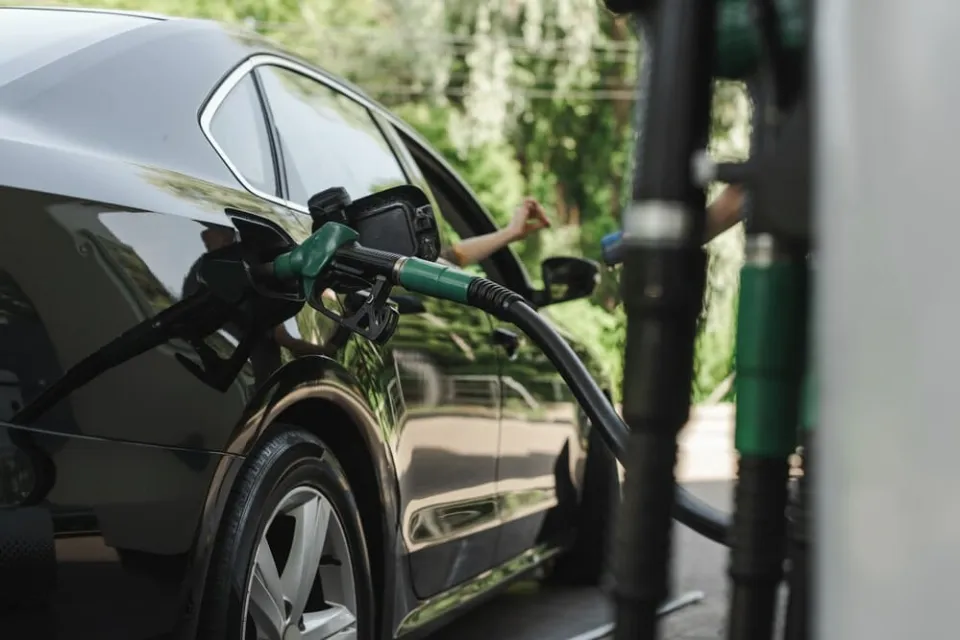
How Ethanol Affects Your Car?
A higher proportion of the gasoline sold in the US today contains ethanol thanks to rising ethanol use in recent years.
Fuels like E-10, E15, or E85 are frequently made by blending ethanol, a renewable resource derived from plants, with gasoline. Using it in your car will bring the following effects on your car:
Cleaner Emissions
It has been demonstrated that ethanol-gasoline mixtures produce cleaner emissions than gasoline alone. This is due to the fact that ethanol burns more cleanly than gasoline and contributes to the reduction of harmful pollutants like carbon monoxide (CO), hydrocarbons (HC), and particulate matter (PM) emissions.
Reduced Maintenance Costs
Reduced maintenance costs are a further advantage of using ethanol in your vehicle. This is because ethanol aids in engine cleaning and discourages the accumulation of deposits. Your engine’s lifespan can be increased, and its performance can be enhanced.
Improved Fuel Economy
Additionally, because ethanol has a higher octane rating than gasoline, it can be used in engines with greater performance. The fuel economy can be increased by blending it with gasoline.
This is so that there is less energy lost during combustion due to the higher octane rating of ethanol.
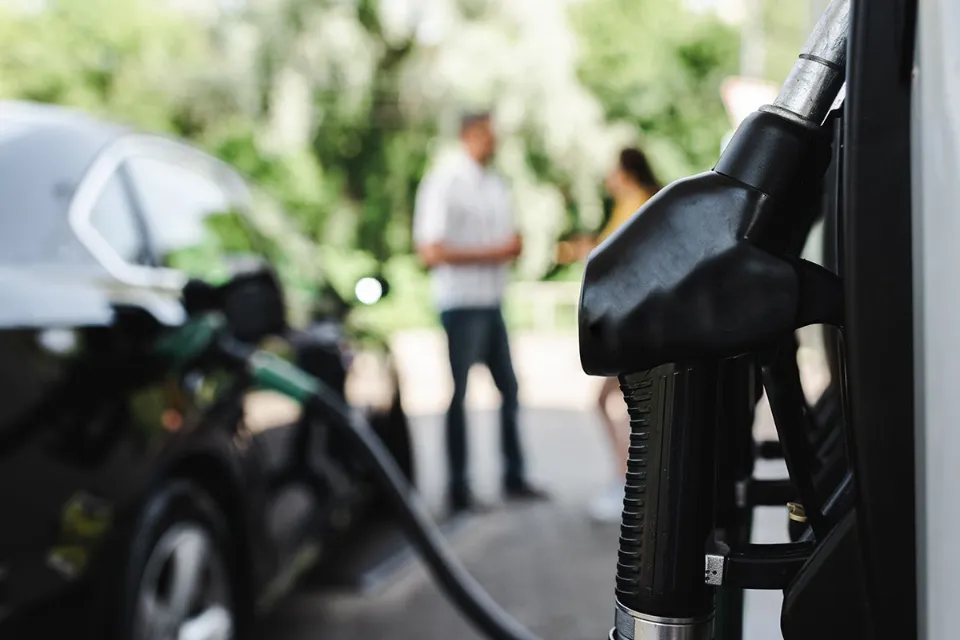
Cons of Using Ethanol in Your Car
Here are some of the potential drawbacks of using ethanol in your car:
Lower Energy Density
The fact that ethanol is less energy dense than gasoline is the main drawback to using it. This implies that more ethanol is required to cover the same distance as gasoline.
Expensive
The cost of operating your car may increase due to ethanol’s higher price compared to gasoline. This will increase fuel costs because you will need to use more ethanol to cover the same amount of ground.
Corrosive
Additionally, because ethanol is more corrosive than gasoline, it can eventually harm your car. In addition to rust and corrosion, ethanol can damage seals and gaskets.
Reduced Horsepower
Utilizing ethanol may also have the disadvantage of lowering horsepower. This is due to ethanol’s lower energy density compared to gasoline, which results in less power being generated.
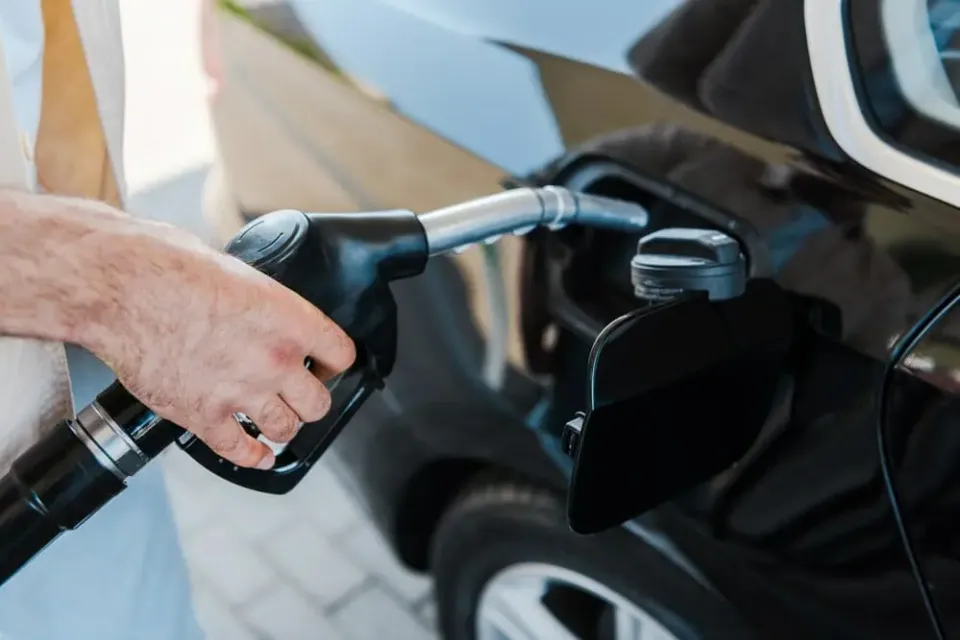
Can 87 – 93 Octane Also Be E-85?
The existence of E-85 gasoline is one thing we haven’t mentioned thus far. As the name suggests, this is gasoline with a much higher ethanol percentage than regular E-10 or E-15. In the US, it doesn’t have 85% though.
The average amount of ethanol in E-85 in other parts of the world is 85%. Ethanol is difficult to ignite at low temperatures, so in North America, E-85 must be adjusted for seasonal differences in order for cars to start.
Depending on the region and season, the ethanol content of E-85 sold in the US ranges from 51 to 83%. Does this imply, however, that it can also be 87-93 octane fuel?
It’s extremely unlikely that E-85 will have an octane rating below 93. This is because ethanol has an octane rating of 100 – 113. For the sake of simplicity, we will use ethanol with an octane rating of 100.
Then, regular or premium gasoline with an octane rating between 87 and 95 must be mixed in by the gasoline producers. Our ethanol contains 51% ethanol and 49% regular gasoline, both with an octane rating of 87.
(49% x 87) + (51% x 100) = gasoline with an octane rating of 93,63. In other words, it is impossible (or at least extremely unlikely) for E-85 to have an octane rating below 93.
Differences Between E10, E15, and E-85
The distinctions among these three commercially available gasoline varieties are also crucial to understand. There are many; if you want to know all the ins and outs, please read this article: Explaining the differences between E-85, E-15, and E-10.). Right now, we’ll give you a quick summary:
- E-85 is harder to ignite which means it produces more mechanical power and therefore more horsepower than E-10 and E-15.
- Generally speaking, E-85 is 20% less expensive than regular gas (E-10/15).
- However, E-85 is also 20 – 30% less fuel efficient which means the price benefit is neutralized by the worse fuel economy.
- E-85-powered vehicles have different maintenance requirements that are typically a little bit more labor-intensive.
- E-85 gasoline, on the other hand, emits 40% fewer pollutants than regular gasoline (E-10/15).
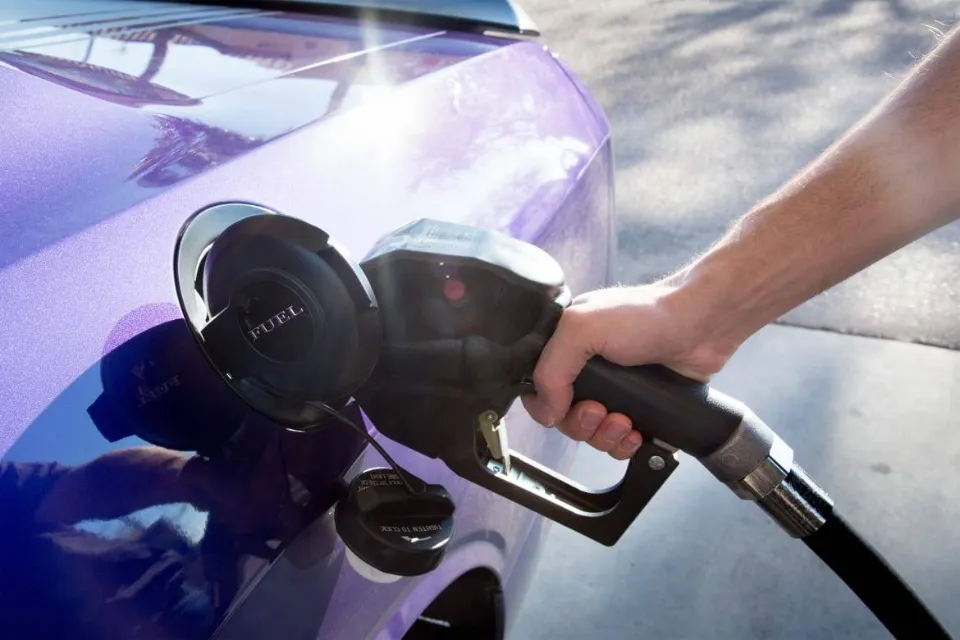
How Much Ethanol Should Your Car Take?
Several variables determine whether your car can run on E-10, E-15, or E-85 octane and which one would be the best choice.
You must first be aware of the make and model of your car, as well as the preferred gasoline for that vehicle. The owner’s manual mentions this information. However, you can also perform a search on this website by entering “car model + gas” in the search box. Almost every type of car sold in the US has a corresponding article on our website.
Only so-called “Flex Fuel” vehicles are permitted to use e-85. E-85 gasoline can be used in the fuel system of flex fuel vehicles. Typically, these vehicles will be marked or have badges that alert you to the potential use of E-85. See the image below.
The majority of the time, E-85 is utilized in vehicles with powerful engines.
It’s good to know that 82% of cars sold in the US can run on gasoline with an octane rating of 87 in the E-10/E-15 range. For lower- and mid-segment cars, SUVs, and trucks, this is the most popular fuel. Some automobiles can’t run on this kind of fuel, and they will “engine knock” (a loud banging noise from the engine).
It is advisable to consult your owner manual if you drive a premium brand vehicle, a sports vehicle, a vehicle with a turbocharger, or any vehicle with a larger engine. E-10 or E-15 will both fit in your car. However, it’s likely that it also requires 91 octane or higher.
Furthermore, using premium gas in a vehicle that requires 87 octane is not a good idea. This is due to the engines’ inability to use this kind of fuel. It won’t pose a problem for them to operate on it, but you won’t gain anything from it and it will only increase your costs.
Ethanol Vs Gasoline
Two common fuels used in the transportation sector are gasoline and ethanol. While ethanol is a renewable resource derived from plants, gasoline is a fossil fuel composed of hydrocarbons.
Compared to gasoline, ethanol has a number of advantages. It is environmentally safe and renewable, to start. It can also be used in engines with higher performance levels because it has a higher octane rating than gasoline.
But ethanol has a lower energy density than gasoline. In order to cover the same distance with ethanol as you would with gasoline, more ethanol is required.
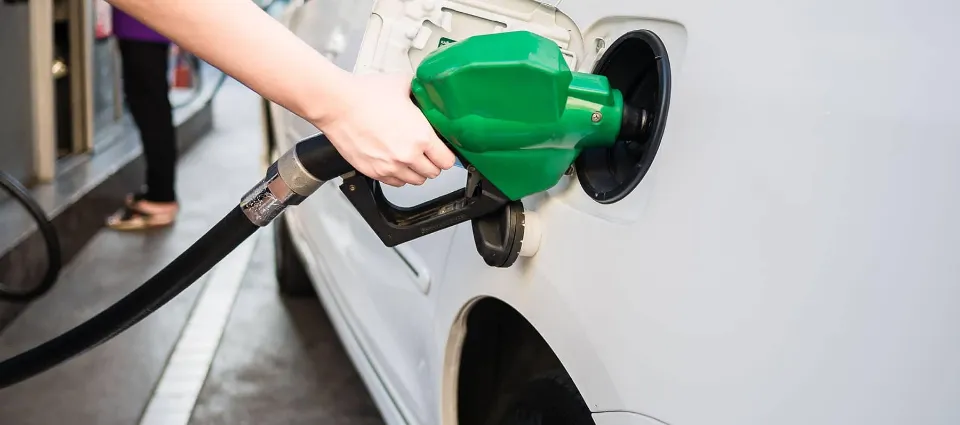
FAQs
What Percent of Ethanol is in Premium Gas?
Most of the gasoline in our country is currently sold under the Exxon and Mobil brands and contains 10% ethanol, or E10 fuel.
How Much Ethanol is in Shell 93 Octane Gas?
Although Shell gas contains ethanol, the amount varies by country. For instance, in the US, the percentage doesn’t go above 10%. In most of Europe, including the UK, the value is less than 5%.
How Much Ethanol is in 87 Octane Gas?
10% ethanol is blended with lower-octane gasoline to achieve the necessary 87 octane. Ethanol differs from gasoline in terms of energy content per gallon depending on the volume percentage that it makes up the blend.
What Octane Gas Has No Ethanol?
For use in recreational/marine engines that can be harmed by the ethanol contained in other gasoline blends, REC-90 is an ethanol-free, 90 octane unleaded gasoline mix. It can be used in a variety of aviation and automobile engines, despite not having been thoroughly tested for cars and trucks.
Is It Worth Buying No Ethanol Gas?
The mileage of gasoline without ethanol is greater than that of gasoline mixed with ethanol. Even if mileage efficiency drops by 3%, ethanol-free gas is still better for the engine. As a result of ethanol-mixed gas, there have been reports of engine parts rotting. Alcohol draws water by nature and may be dangerous.
Summary: How Much Ethanol is in 87 Octane Gas?
In other words, out of every 10 gallons of E10 gasoline, 1 gallons is ethanol and the other 9 gallons are regular gasoline. The higher ethanol blends E15 or E85, which contain 15% or 85% ethanol, respectively, might be available at some gas stations.
If you have any questions, please leave a comment. KV Auto tries to give you the best car industry information. Thank you for reading.
Read about




